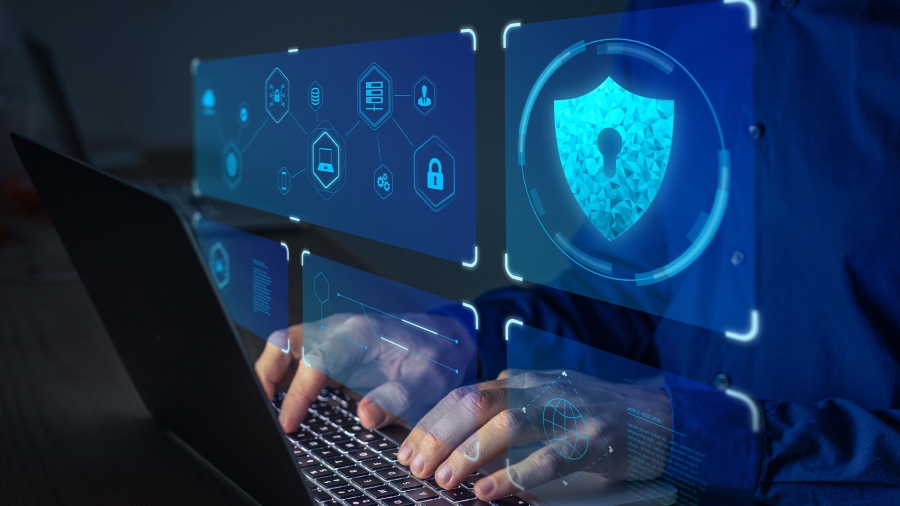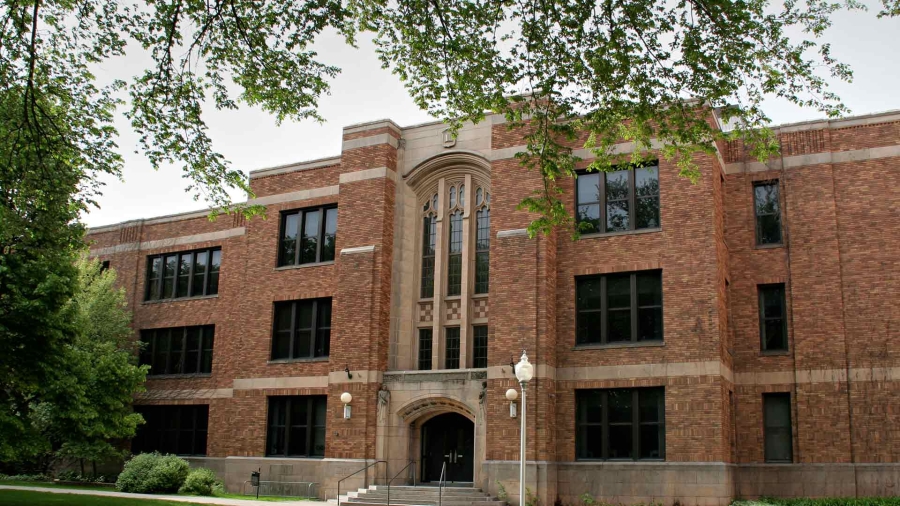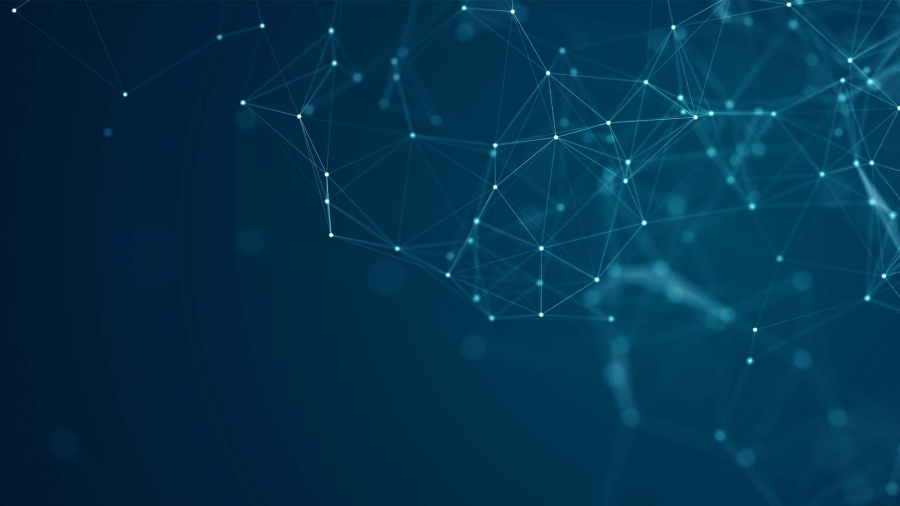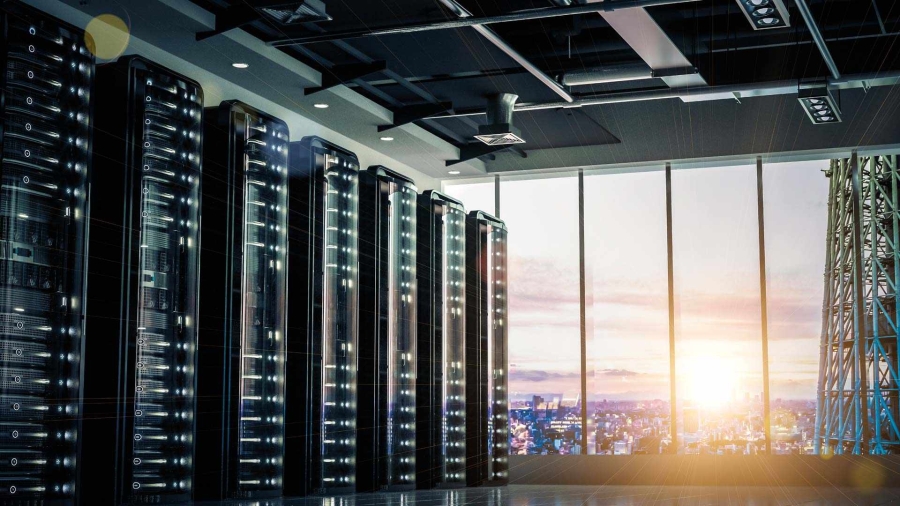Monitoring data center physical infrastructure systems with management software means connecting power, cooling, environmental, and security monitoring devices to IP networks. These networks often extend to remote servers, corporate IT systems, mobile devices, and 3rd party cloud services. These connections offer potential avenues of attack for hackers. Mitigating these cyber security risks requires continuous action from both vendors and those involved in the design, installation, operation, and maintenance of the data center. This paper describes what to expect from vendors and presents user best practices for each phase of the lifecycle of the site.
Note: This white paper is not a detailed, step-by-step guide for your actual, specific installation. Rather, it is meant to be an overview guide or checklist to assist in developing a detailed strategy.













